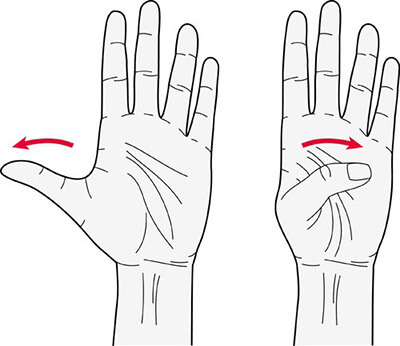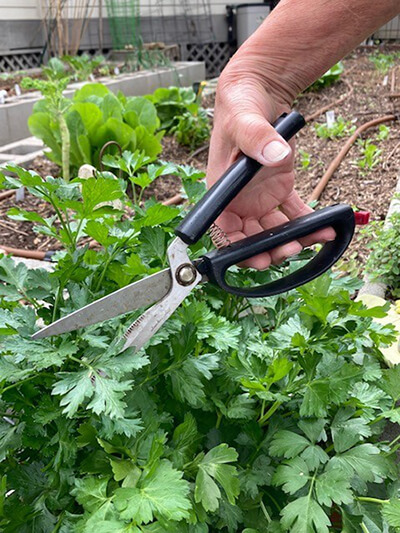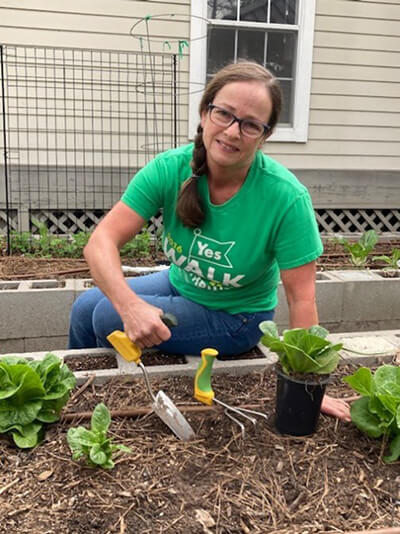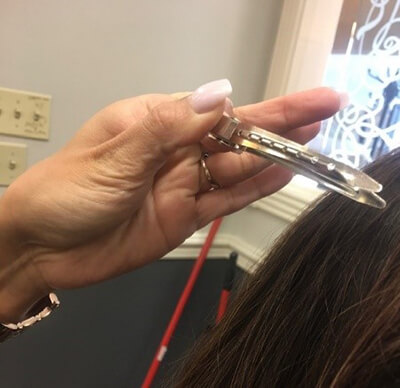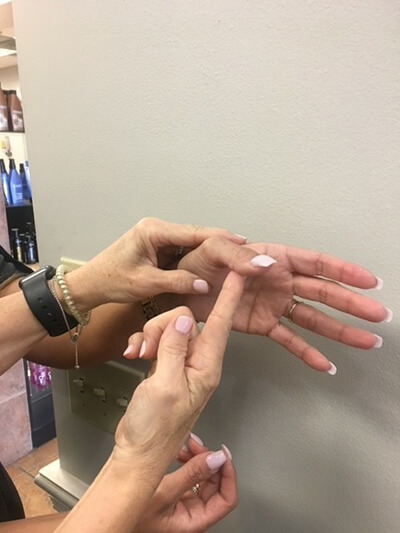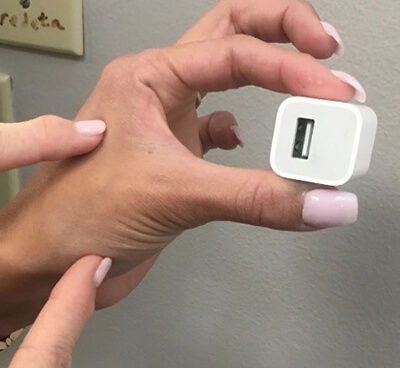Surgery-free relief for thumb arthritis
Posted 5/31/2022
Busting the myth that nothing can be done to treat hand and thumb arthritis
- 58+ million adults are affected by arthritis (1 in 4)
- 57% of working adults (18-64 years old) are affected by arthritis
- Arthritis is the leading cause of work disability in the U.S.
- Osteoarthritis (OA) is the most common type of arthritis
As someone who has osteoarthritis, my heart sinks at those numbers from the CDC. The sheer number of people impacted by arthritis is disheartening.
And as a hand therapist, I often have people tell me that they are having issues but “know there is nothing that can be done about it.”
Osteoarthritis of the thumb affects the base of the thumb, where the meaty part meets the bone at the wrist. Over time, and as we age, the cartilage in this joint breaks down.
Sometimes called "wear and tear" arthritis, OA was once thought of as something that we just have to deal with.
Well, I can say that's no longer the case.
While we can’t change the wear and tear on our cartilage, we can reduce the resulting symptoms.
What are the symptoms of hand and thumb osteoarthritis and what can help?
- Pain
- Weakness
- Swelling
- Stiffness
- Loss of motion
- Loss of function
With a lot of research in recent years, we now understand that OA is more than just cartilage breakdown.
OA also involves the fluid in the joint, as well as the ligaments and the muscles that support the joint.
Age, gender and genetics all play a part in the onset of osteoarthritis. And while there's not much we can do about those, the good news is there are things we can do. These include:
- Reducing extra stress placed on our joints
- Eating healthier
- Doing gentle movement
- Retraining muscles
An easy way to remember what helps reduce arthritis symptoms is a phrase often used by therapists, “Motion is Lotion."
How do I know it's time to do something about my thumb OA?
Because thumb OA is a gradual process and the changes are subtle, early symptoms can go unnoticed until you begin having pain or weakness. Any increased stress on your joints can cause pain and swelling.
Those symptoms can lead to a cascade of other events like decreased joint fluid, which causes more damage to the cartilage. More damage means less motion and, in severe cases, a loss of function.
The base of the thumb is a unique joint. It gives us the ability to twist, pinch and grip. With OA, you may have stiffness that prevents pulling your thumb away from your palm.
On the other hand (no pun intended!), weakness causes your thumb to collapse. This makes it hard to twist off a lid, turn on a faucet or pinch buds in the garden.
If you're experiencing limitations in everyday movement, it's probably time to seek expert help.
A therapy program that treats the full spectrum of your symptoms can move you from saying, “Nothing can be done,” to saying, “How come I never knew therapy could be so helpful?”
Hand therapists are specially-trained in treating conditions of the upper limb. This includes the hand and thumb.
This advanced training makes therapists great partners in helping reduce your pain and restore lost function.
What can I expect in working with a hand therapist?
Your first therapy appointment will begin with a thorough evaluation of your hand and abilities.
With that evaluation, you therapist can help you see what's triggering your symptoms and coming up with a treatment plan. The plan will be unique to you and your specific issues.
Thumb arthritis is different for each person, and your treatment plan will reflect that.
Treatments and techniques can include:
- Flexing exercises for hand and finger muscles
- Gentle stretching of fingers/thumbs
- Strengthening and squeezing exercises
Thumb stretching exercise. Image courtesy of Versus Arthritis
Therapists may introduce adaptive exercise equipment, or assistive devices, into your care as well.
While those words may sound a bit "techy," the items themselves are quite simple but can lend a helping hand (again with the puns!) with your day-to-day tasks.
Some common assistive items include:
- Hand exercise stress ball
- Therapy putty
- Rolled towels
- Finger bands (medical grade rubber bands but a thick rubber band works, too!)
- Reacher (or grabbing tool)
Therapy for thumb OA is designed to help you “work smarter, not harder.”
Changing how you do what you do — modifying behavior — can be one of the more challenging aspects of managing your OA. But is a critical in reducing stress on your involved joints.
Everything you and your therapist do has the goal of getting back as much natural range of motion as possible.
In my own experience, changing the tools I use for gardening (adaptive equipment!) helps protect my joints but still lets me enjoy digging in the dirt.
Spring handled shears reduces stress on the hand.
Ergonomic gardening tools reduce stress on larger joints.
Your hand therapy may benefit, too, from the use of orthoses (braces or splints) in treating your thumb arthritis. This will keep the thumb in a neutral position and ease pressure on the joint while doing tasks that may trigger pain or discomfort.
Structurally, the thumb is designed like a column and under pressure if the muscles are not strong your thumb will collapse.
A collapsing thumb reduces the strength to do pinching movements.
Just as we learn to use our core muscles when lifting, we can re-learn how to use muscles that stabilize the thumb column to perform grip and pinch motions.
Thumb collapse limits repetitive pinch actions, like using hair clips.
Motor retraining can help build back strength.
Relearning how to use your muscles results in a stable strong pinch.
As you progress in therapy you will relearn how to use your muscles in a stable way.
The more you know, the faster you can dismiss the myth that there's nothing to be done about treating OA.
Admittedly, 15 years ago when I developed early signs of thumb arthritis, I was one who thought that way.
Thankfully, we stand on the shoulders of giants who have done research to show otherwise.
I now practice joint protection strategies and use adaptive equipment. I use my feel good exercises learned from therapy and a brace when I need to.
All of it lets me continue doing the things in life I love — cooking, gardening, mountain biking and, last but not least, working as a hand therapist.
Arthritis is a common condition.
While it's not preventable, you can take steps to help protect your joints to reduce the risk of further injury and discomfort.
Closing checklist
- Take a quick assessment of the following:
- Change in the appearance of your thumbs
- Pain or aching at base of thumb
- Loss of motion, stiffness or weakness while doing activities
If you notice a change in any of these, know that there is treatment to help you.
Talk with your doctor or click the blue button above to request a complimentary consultation with one of our therapists. Ask about our arthritis program and get started with your personalized treatment plan today.
Article courtesy of Molly Hudson, O.T., CHT, COMT-UE, hand therapy program coordinator.



